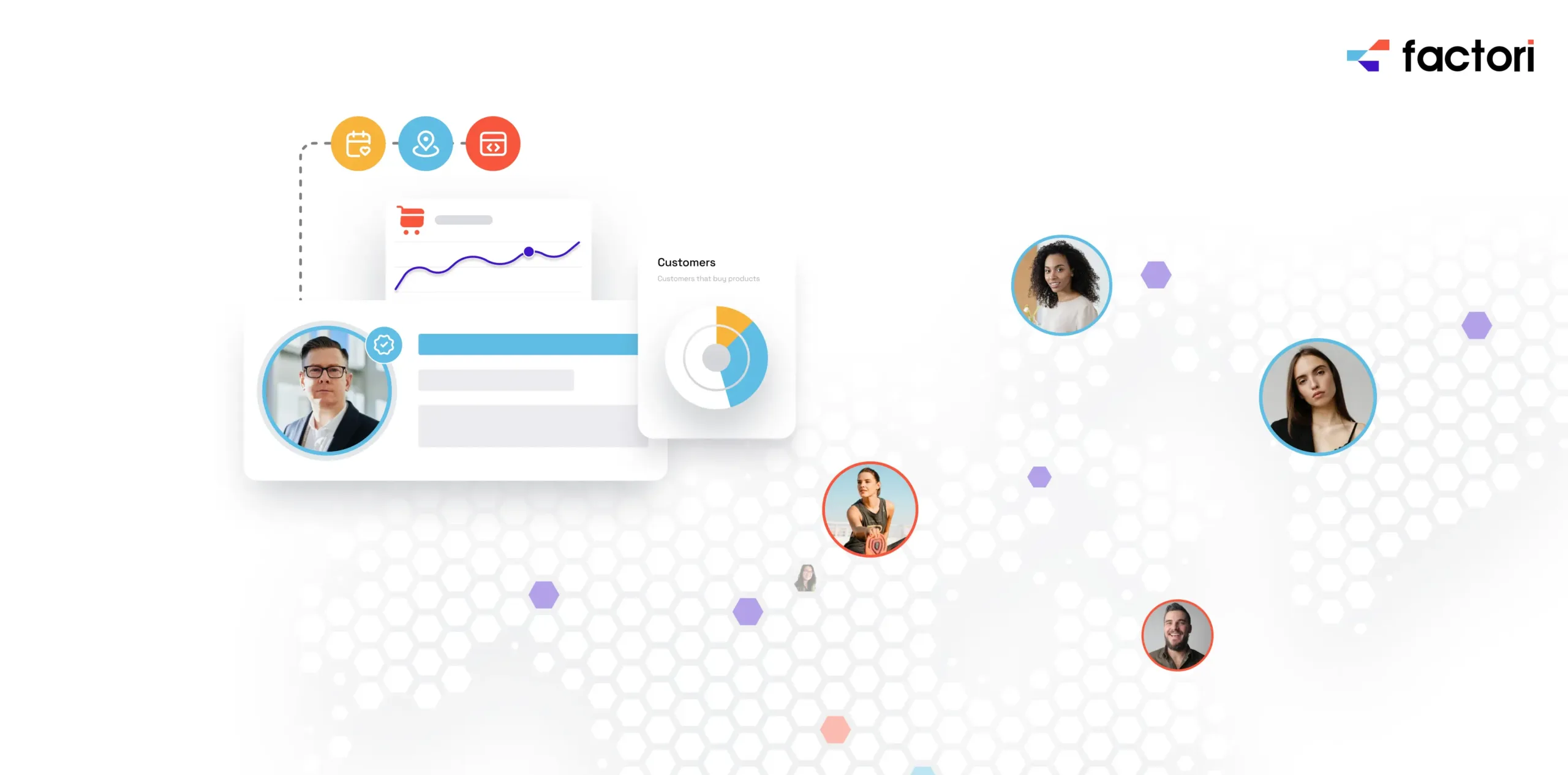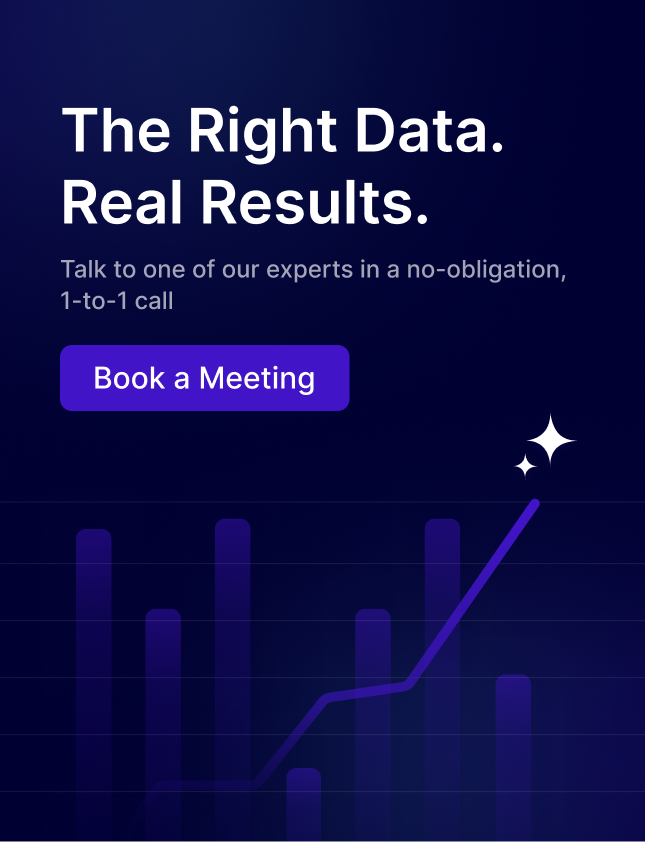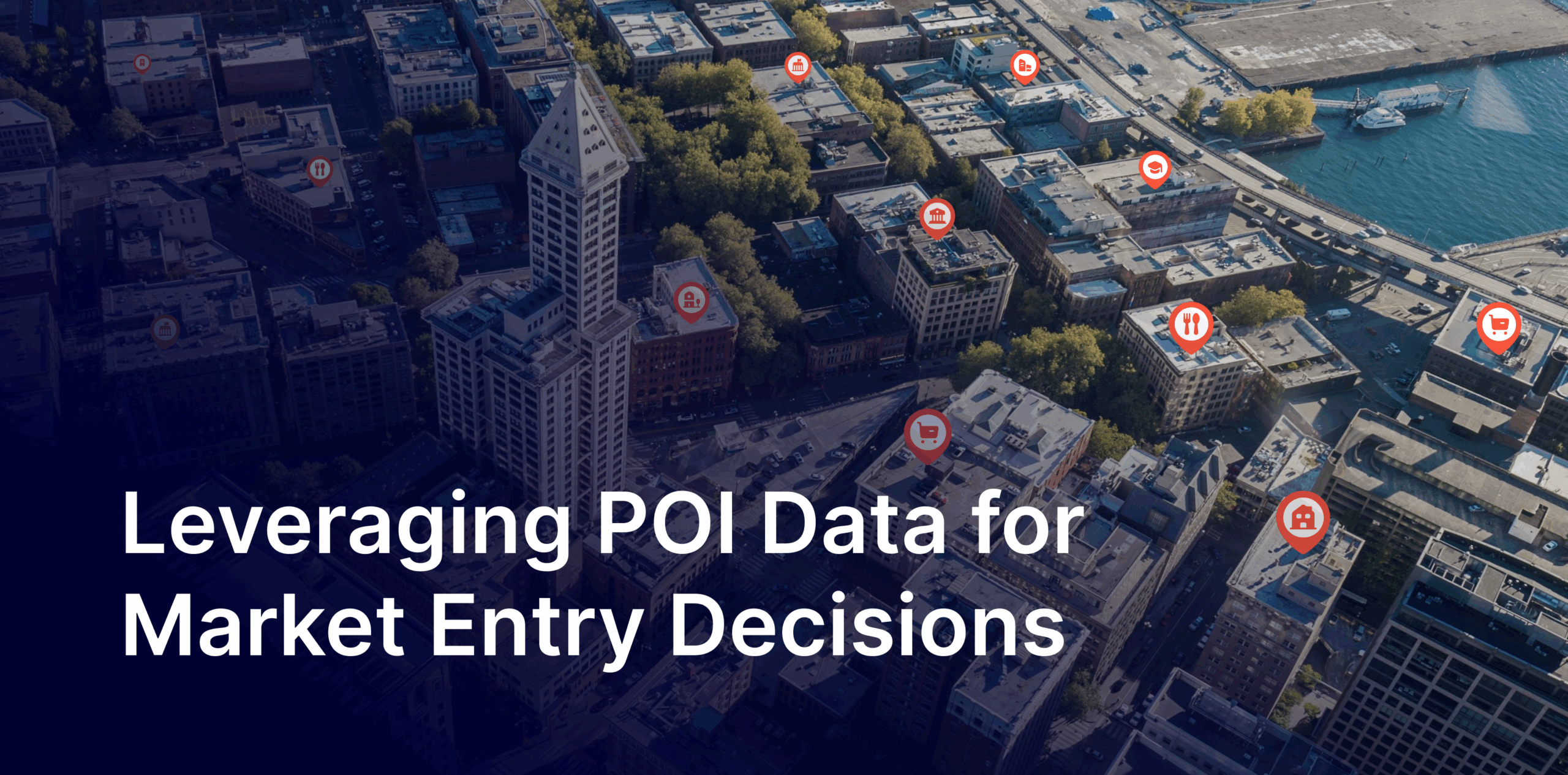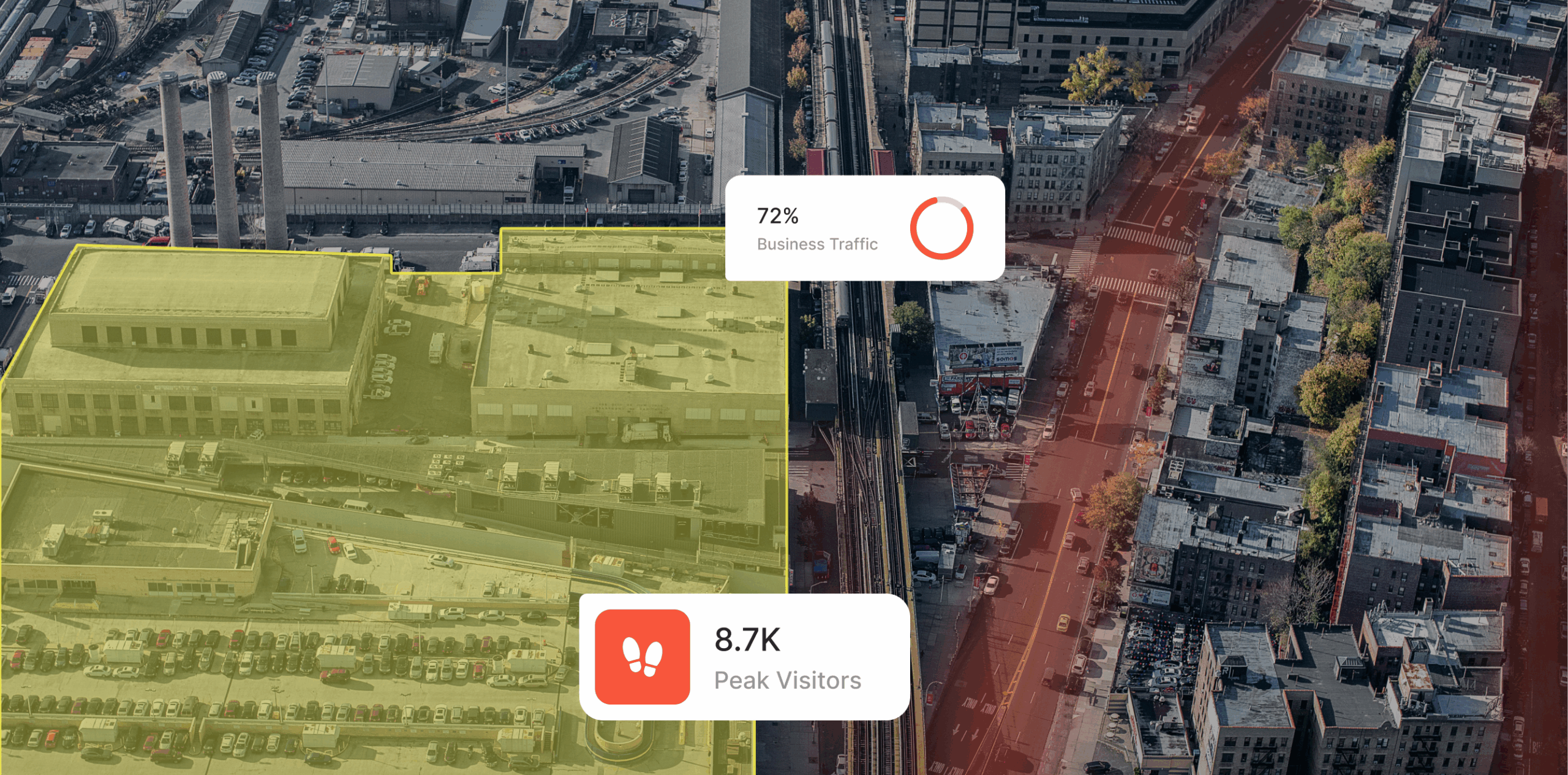In today’s dynamic market landscape, businesses are increasingly relying on data to make informed decisions. Among the most valuable types of data is consumer behavior data, which provides deep insights into customer actions and preferences. This blog explores the significance of consumer behavior data, consumer sentiment data, and the role of consumer data insights in shaping business strategies.
Understanding Consumer Behavior Data
Consumer behavior data encompasses a wide range of information about how consumers interact with products and services.
This data includes purchase history, browsing patterns, product preferences, and more. By analyzing consumer behavior data, businesses can uncover valuable patterns and trends that inform marketing strategies, product development, and customer engagement efforts.
For instance, a retail company can analyze consumer behavior data to determine which products are most popular during certain seasons.
By understanding these patterns, the company can optimize inventory, tailor marketing campaigns, and enhance customer satisfaction.
Additionally, e-commerce platforms can use consumer behavior data to personalize recommendations, increasing the likelihood of repeat purchases and customer loyalty.
Key Components of Consumer Behavior Data
- Purchase History: Detailed records of past transactions, providing insights into consumer preferences and spending habits.
- Browsing Patterns: Data on how consumers navigate websites, including page views, time spent on pages, and click-through rates.
- Product Preferences: Information on favored products and categories, helping businesses understand what drives consumer interest.
- Demographic Data: Age, gender, location, and other demographic details that influence consumer behavior.
The Role of Consumer Sentiment Data
Consumer sentiment data is a subset of consumer behavior data that focuses on the feelings and attitudes of consumers towards products, brands, and services. This data is often collected through surveys, social media monitoring, and online reviews.
Understanding consumer sentiment helps businesses gauge the emotional responses of their audience, allowing for more tailored and effective marketing campaigns.
Collecting Consumer Sentiment Data
- Surveys and Polls: Direct feedback from consumers about their experiences and opinions.
- Social Media Monitoring: Analyzing conversations and mentions on platforms like Twitter, Facebook, and Instagram to gauge public sentiment.
- Online Reviews: Evaluating feedback on review sites like Yelp, Google Reviews, and Amazon to understand consumer satisfaction and pain points.
- Sentiment Analysis Tools: Utilizing advanced analytics to automatically assess the tone and sentiment of textual data.
Extracting Consumer Data Insights
The real power of consumer behavior data and consumer sentiment data lies in the insights they provide. Consumer data insights are the actionable conclusions drawn from analyzing raw data.
These insights enable businesses to understand what drives consumer decisions, predict future behavior, and optimize their strategies accordingly.
Transforming Data into Insights
- Data Collection: Gathering comprehensive consumer data from various sources.
- Data Cleaning: Ensuring data accuracy by removing duplicates and correcting errors.
- Data Analysis: Using statistical methods and machine learning to identify patterns and trends.
- Insight Generation: Deriving actionable insights to inform business strategies.
For example, if data shows that customers prefer eco-friendly products, a business can focus on sustainability in their product offerings and marketing messages. Retailers can use insights from consumer behavior data to optimize store layouts, ensuring that popular products are easily accessible, thereby enhancing the shopping experience.
Leveraging Data-Driven Consumer Insights
Data-driven consumer insights are essential for creating personalized and relevant customer experiences.
By leveraging advanced analytics and machine learning, businesses can transform raw data into meaningful insights. This approach allows for the identification of customer segments, prediction of future trends, and optimization of marketing efforts.
Benefits of Data-Driven Insights
- Personalized Marketing: Tailoring marketing messages to individual preferences, increasing engagement and conversion rates.
- Enhanced Customer Experience: Delivering relevant and timely content to customers, improving satisfaction and loyalty.
- Predictive Analytics: Anticipating future trends and consumer behaviors, enabling proactive decision-making.
- Competitive Advantage: Staying ahead of competitors by leveraging data to make informed, strategic decisions.
Data-driven consumer insights ensure that businesses stay ahead of the competition by making informed, strategic decisions.
For instance, a company might discover through data analysis that a particular demographic is underrepresented in their customer base. By addressing this gap with targeted marketing campaigns, the business can expand its reach and increase market share.
The Future of Consumer Insights Data
As technology continues to evolve, the potential of consumer insights data grows exponentially. Innovations in big data, artificial intelligence, and machine learning are making it possible to collect, analyze, and interpret consumer data at unprecedented levels.
Businesses that embrace these advancements will be better equipped to understand their customers and deliver exceptional value.
Emerging Trends in Consumer Insights
- AI and Machine Learning: Leveraging advanced algorithms to predict consumer behavior and automate decision-making processes.
- Big Data Analytics: Handling vast amounts of data to uncover deep insights and drive business strategies.
- Real-Time Data Processing: Gaining immediate insights from live data streams, enabling quick response to market changes.
- Integration of IoT Data: Utilizing data from connected devices to gain a holistic view of consumer behavior.
The integration of Internet of Things (IoT) data with traditional consumer insights offers a more comprehensive understanding of how consumers interact with products and services in real-time.
This holistic view enables businesses to respond promptly to changes in consumer behavior, ensuring they remain agile and responsive.
Conclusion
Consumer behavior data, consumer sentiment data, and consumer data insights are invaluable assets in today’s data-driven world.
As the landscape of consumer insights data continues to evolve, staying informed and adaptable will be key to maintaining a competitive edge.
Investing in the right tools and technologies to collect, analyze, and interpret consumer data is crucial for businesses aiming to thrive in the competitive marketplace.
Embrace the power of data-driven consumer insights to unlock new opportunities, enhance customer satisfaction, and drive sustainable growth.
You may also like










